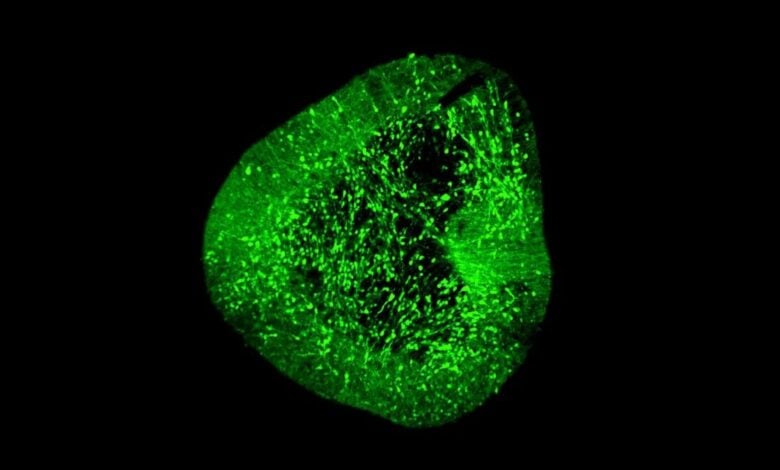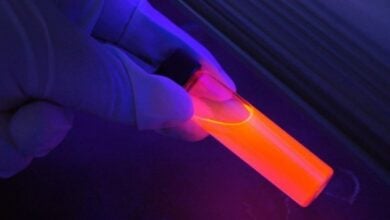New Brain Cell Atlas Could Advance Parkinson’s Research and Therapies

New Brain Cell Atlas Could Advance Parkinson’s Research and Therapies
……………
Scientists at Duke-NUS Medical School and partner institutions have developed one of the most comprehensive single-cell maps of the developing human brain, ScienceDaily reported. The new atlas details nearly every cell type, their genetic signatures, and interactions, offering critical insights that could accelerate treatments for Parkinson’s disease and other brain disorders.
The team created a two-step mapping system called BrainSTEM (Brain Single-cell Two tiEr Mapping) to better understand how midbrain dopaminergic neurons—cells damaged in Parkinson’s—form in laboratory settings. Working with the University of Sydney and other partners, researchers analyzed nearly 680,000 fetal brain cells to chart their development, producing a high-resolution map that identifies dopaminergic neurons with precision.
Published in Science Advances, the study found that some laboratory methods used to grow midbrain cells also produced unwanted cells from other brain regions, highlighting the need to refine existing protocols. The BrainSTEM atlas provides a new benchmark to assess how accurately lab-grown brain models replicate human biology.
Dr. Hilary Toh of Duke-NUS said the blueprint could help scientists generate more accurate neuron grafts for potential cell therapies. Senior researcher Dr. John Ouyang added that BrainSTEM’s detailed mapping supports AI-driven approaches for designing targeted treatments for neurodegenerative diseases.
The researchers plan to release BrainSTEM as an open-source tool, allowing labs worldwide to use the platform to study brain development, improve modeling accuracy, and advance therapy development for conditions like Parkinson’s disease.






